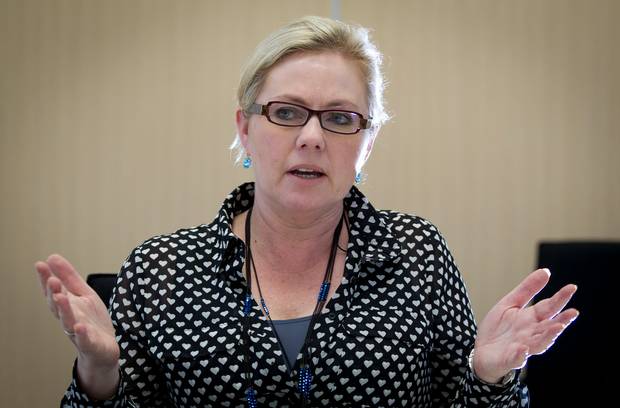Published on New Zealand Herald
By Aimee Shaw
6.42 pm on 23 May 2019
An investigation into claims of bullying by retirement commissioner Diane Maxwell has come back clear but it highlights the fact that bullying at work can often be difficult to identify.
Bullying, as defined by WorkSafe, is repeated and unreasonable behaviour directed towards a worker or group of workers that can lead to physical and psychological harm. Bullying is a serious concern in the workplace, and research suggests one in five New Zealand workers report cases of bullying each year.
Maxwell was stood down by the State Services Commission in December last year while the Government’s watchdog investigated claims of bullying by her former staff. But though she was yesterday cleared of the accusations and has since returned to work, Mai Chen, Maxwell’s lawyer, says such claims have had a significant effect on both Maxwell and her family.
Chen said it was important people understood what was classified as bullying and what was not.
“WorkSafe says it is not one-off or occasional instances of forgetfulness, rudeness or tactlessness – it is not trying to set high performance standards for staff, it is not constructive feedback, legitimate advice or peer review.
“Workplace bullying is not a manager requiring reasonable verbal or written instructions to be carried out. It is not warning or disciplining workers in line with the business or undertaking code of contact. It is not a single incident of unreasonable behaviour,” she said.
“It is not differences in opinion or personality clashes that do not escalate.”
By nature of the position and job requirements some people were often more susceptible to claims of unreasonable or bullying behaviour, particularly those who were required to peer review, manage and to warn or discipline staff, Chen said.
“The reality is not everybody likes to be managed at work, not everybody likes to be peer reviewed or given the feedback ‘thank you but this is not quite right, I need you to do it again’, and not everyone is going to get on at work.”
So what behaviour is classified as bullying in the workplace?
Here’s a list of what signs and common scenarios to look out for.
Bullying can be difficult to identify, particularly in industries where more abrasive behaviour is normalised. In some industries it is almost glamorised, such as in the technology and start-up space – this was highlighted by Apple founder Steve Jobs who reportedly used to publicly humiliate his staff in a bid to push them ahead.
Some forms of behaviour such as derogatory and personal remarks about a person’s physical appearance, personality or intelligence is common to identify but there are also a raft of subtle means that can be hard to recognise.
Other examples of bullying behaviours are belittling remarks, undermining integrity, lies being told, sense of judgment questioned, opinions marginalised, ignoring, excluding, silent treatment, isolating behaviour, intimidation, acting in a condescending manner, persistent and public criticism.
Unreasonable or inappropriate monitoring of work, unreasonable changing of goal posts or targets, making hints or threats about job security and giving unachievable or meaningless tasks is also considered as bullying behaviour.

Retirement Commissioner Diane Maxwell. Image credit: Sarah Ivey
Chen said it was important for workers who believed they were being bullied to have evidence to substantiate claims of bullying.
“Stories are told and sometimes stories are exaggerated so it is important to look at the evidence,” she said. “Chief executives like Dianne Maxwell are required as part of their role to manage, peer review, provide feedback, to warn, discipline – it’s not always an easy job, and people don’t generally like being given feedback and managed, even if that is done constructively.
“There will always be friction in workplaces but there is a difference between friction which is legal and the illegal behaviour which is repeated.”
She said it was important for people to recognise that sometimes people have a bad day and may not be as tactful as they should be when delivering an order or giving feedback but that on its own was not classed as bullying if it was occasional.
“Some people will say ‘well, I got bullied because my manager criticised my work’, they might have provided some constructive feedback but that’s their job.”
The State Services Commission found Maxwell had not bullied current or former staff based on the definitions of bullying outlined by WorkSafe and the Commission for Financial Capability.
The investigation defined bullying as: “Unwanted behaviour that you find offensive, intimidating or humiliating.” That behaviour had to have been repeated and had a “detrimental effect on your dignity, safety and wellbeing”.
Maxwell acknowledged there were some communication issues with her management style and that she would learn to provide feedback in a more constructive fashion, Chen said.